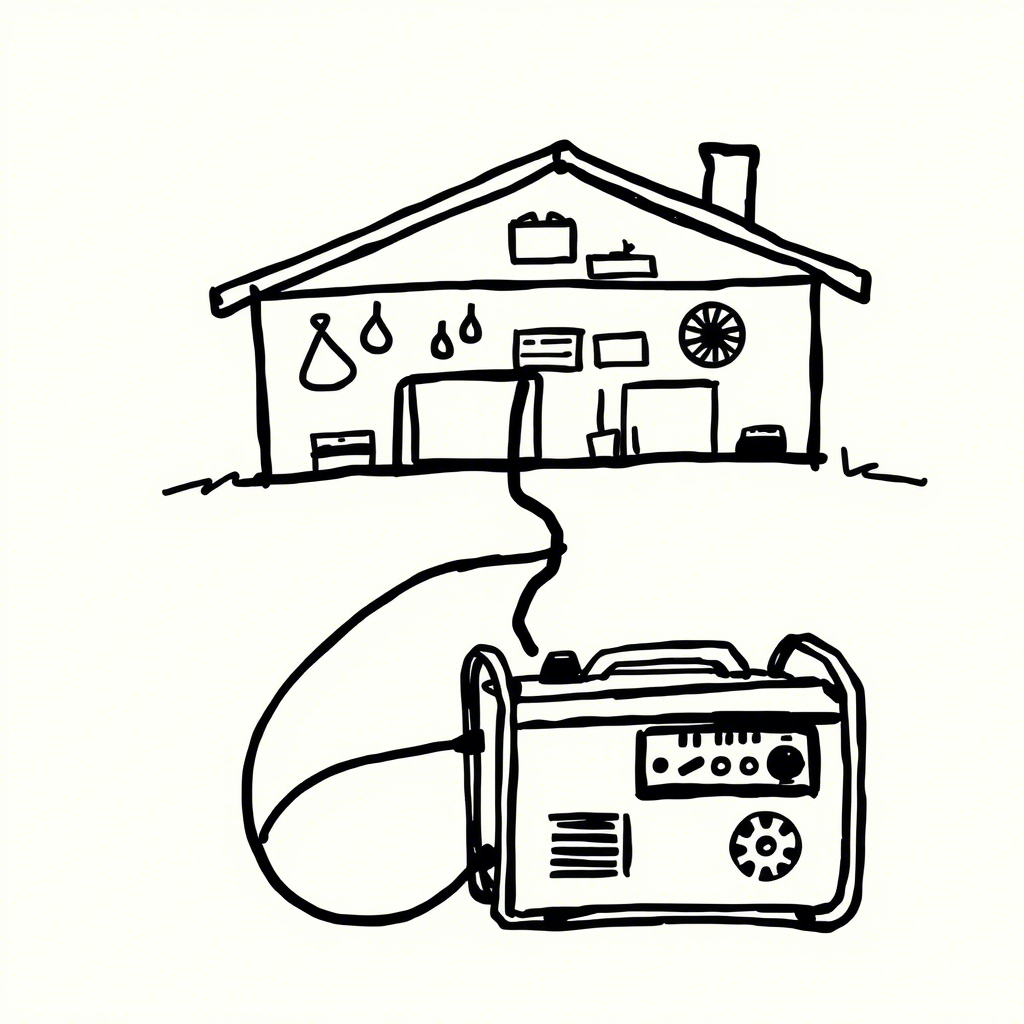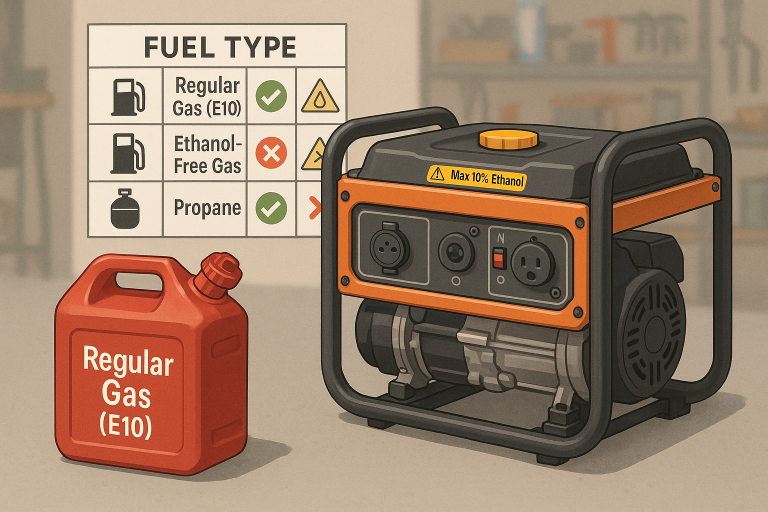How to Safely Connect a Generator to Your Home
Power outages can strike at any time, whether due to severe weather, natural disasters, or grid failures. Having a backup generator is an excellent way to ensure your home remains powered during such emergencies. However, connecting a generator to your home improperly can pose serious risks, including electrical hazards, carbon monoxide poisoning, and damage to appliances. To ensure safety and reliability, it’s essential to follow proper procedures when connecting a generator to your home.
This comprehensive guide will walk you through the steps to safely connect a generator to your home, covering everything from choosing the right equipment to following best practices for operation.
1. Understand the Risks of Improper Generator Connections
Before diving into the process, it’s crucial to understand the potential dangers of improper generator connections:
- Backfeeding: Connecting a generator directly to your home’s wiring without a transfer switch can cause electricity to flow back into the utility lines. This is known as “backfeeding” and can endanger utility workers who are repairing the grid.
- Electrical Fires: Incorrect wiring can overload circuits, leading to overheating and potential fires.
- Carbon Monoxide Poisoning: Generators produce toxic fumes, and running them indoors or in poorly ventilated areas can lead to carbon monoxide buildup.
- Appliance Damage: Voltage fluctuations from improper connections can damage sensitive electronics and appliances.
To avoid these risks, always adhere to safety guidelines and use the appropriate equipment.
2. Choose the Right Generator for Your Needs
The first step in safely connecting a generator is selecting the right type and size for your home:
Types of Generators:
- Portable Generators: Ideal for powering essential appliances like refrigerators, lights, and small electronics. They are affordable and easy to move but require manual setup.
- Standby Generators: Permanently installed and automatically activate during power outages. These are more expensive but provide seamless operation for larger homes.
Sizing Your Generator:
Calculate the total wattage of the devices you plan to power. Add up the running watts and starting watts (which are typically higher) of each appliance. Choose a generator with a capacity slightly above your total needs to ensure reliable performance.
3. Use a Transfer Switch for Safe Connection
A transfer switch is a critical component for safely connecting a generator to your home. It isolates your home’s electrical system from the utility grid, preventing backfeeding and ensuring safe operation.
Types of Transfer Switches:
- Manual Transfer Switches: Require you to manually switch between utility power and generator power. These are cost-effective and suitable for portable generators.
- Automatic Transfer Switches (ATS): Automatically detect power outages and switch to generator power. These are commonly used with standby generators.
Installation:
- A transfer switch should be installed by a licensed electrician to comply with local building codes and ensure safety.
- The switch is typically mounted near your main electrical panel and wired to specific circuits you want to power during an outage.
4. Follow Proper Setup Procedures
Once you have the right generator and transfer switch, follow these steps to safely connect your generator:
Step 1: Position the Generator
- Place the generator on a flat, stable surface at least 20 feet away from your home to prevent carbon monoxide buildup.
- Ensure the area is well-ventilated and free from flammable materials.
- Use a grounded extension cord rated for outdoor use if connecting appliances directly to the generator.
Step 2: Turn Off Main Power
- Before connecting the generator, turn off the main breaker in your electrical panel to isolate your home from the utility grid.
- This prevents accidental backfeeding and protects utility workers.
Step 3: Connect the Generator
- Plug the generator into the transfer switch using a heavy-duty, generator-rated cable.
- If using a manual transfer switch, flip the switch to the “Generator” position to supply power to selected circuits.
Step 4: Start the Generator
- Follow the manufacturer’s instructions to start the generator.
- Allow it to stabilize before turning on connected appliances one at a time to avoid overloading.
5. Operate the Generator Safely
Proper operation is just as important as the initial setup. Keep these tips in mind:
- Monitor Fuel Levels: Refill the generator only when it’s turned off and has cooled down to prevent fire hazards.
- Avoid Overloading: Never exceed the generator’s rated capacity. Use a wattage meter to monitor usage if necessary.
- Check Carbon Monoxide Levels: Install battery-operated carbon monoxide detectors in your home and test them regularly.
- Turn Off Appliances First: Before shutting down the generator, turn off all connected appliances to prevent voltage spikes.
6. Maintain Your Generator Regularly
Regular maintenance ensures your generator is ready to perform when needed:
- Test the Generator Monthly: Run the generator under load to identify potential issues.
- Inspect Cables and Connections: Check for wear and tear on cables and replace damaged parts.
- Change Oil and Filters: Follow the manufacturer’s recommendations for oil changes and filter replacements.
- Store Fuel Properly: Use stabilizers to prolong fuel shelf life and store gasoline in approved containers away from living areas.
7. Consider Professional Assistance
If you’re unsure about any aspect of generator installation or operation, consult a professional. Licensed electricians can help install transfer switches, troubleshoot issues, and ensure compliance with local regulations.
Conclusion
Connecting a generator to your home can provide peace of mind during power outages, but safety must always come first. By choosing the right generator, installing a transfer switch, and following proper setup and operating procedures, you can protect your family, home, and appliances while ensuring uninterrupted power.
Remember, shortcuts can lead to dangerous consequences. Always prioritize safety, invest in quality equipment, and seek professional help when needed. With these precautions in place, you can confidently rely on your generator to keep your home running smoothly during emergencies.


